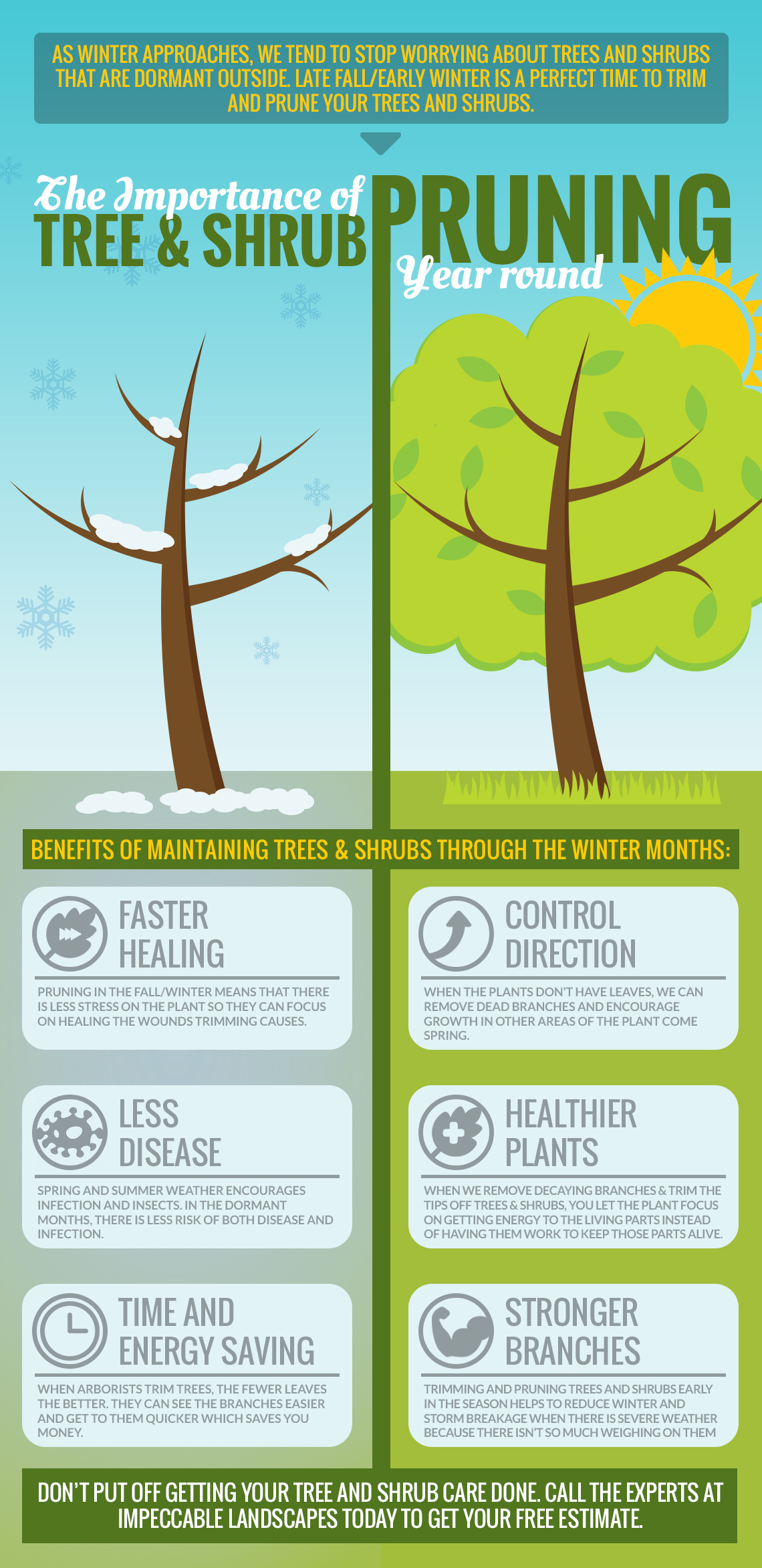Seasonal Tree Stewardship: Methods For Correctly Managing Trees Before And After They Are Taken Down
Seasonal Tree Stewardship: Methods For Correctly Managing Trees Before And After They Are Taken Down
Blog Article
Article Author-
When it comes to seasonal tree care, making sure correct monitoring prior to and after elimination can significantly affect the health and wellness and visual appeals of your landscape. By comprehending the needed actions associated with assessing tree health and wellness and planning for removal, you can proactively guard your home. But what about the vital practices to adhere to once the tree is gone? Stay tuned to find tree pruning near me -removal care actions that will certainly help you cultivate a growing and sustainable atmosphere for your trees.
Pre-Removal Tree Care
Before resolving the elimination of a tree, it's vital to focus on pre-removal tree care. Beginning by examining the tree's wellness and structural stability. Try to find indications of disease, pest problems, or any type of structural problems that might position a safety hazard during removal. It's important to consult with a qualified arborist to figure out the most effective course of action.
Trimming dead or diseased branches can prevent further damages to the tree and ensure a smoother removal process.
In addition, consider the ecological influence of eliminating the tree. Trees play a crucial function in our ecosystem, so planting a brand-new tree in a suitable area can help balance out any type of loss. Ensure that you have the necessary licenses and authorizations for tree elimination, especially if the tree is shielded by neighborhood regulations.
Seasonal Maintenance Tips
Analyzing your tree's demands throughout the year is crucial for its wellness and long life. To maintain your trees in top condition, follow these seasonal maintenance ideas.
In springtime, focus on trimming to get rid of dead or broken branches and motivate new development.
Summer season calls for routine watering, especially during droughts, to guarantee your tree stays hydrated.
As fall approaches, keep an eye out for very early signs of disease or stress and anxiety, and think about using compost to secure the origins throughout winter season.
In winter season, beware when eliminating snow from branches to prevent breakage, and remain to check your tree's general health and wellness.
Keep in mind to change your treatment routine based on the specific needs of your tree types and regional environment. By staying conscientious and positive throughout the periods, you can help your trees grow and thrive for several years ahead.
Post-Removal Tree Treatment
To make sure the wellness of your landscape even after tree removal, correct post-removal treatment is essential. After a tree is gotten rid of, it's important to load the staying hole with topsoil and compact it to stop settling. This will certainly help preserve the honesty of the ground and stop possible threats in the future.
Think about planting new plants instead of the removed tree to bring back the balance and aesthetics of your landscape. Frequently water the area to advertise the growth of new plants and stop dirt erosion.
Inspect the bordering trees for any indications of disease or stress and anxiety that may have been triggered by the eliminated tree. Keep an eye out for insects that may've been drawn in to the previous tree and take safety nets to secure the staying plant life.
If essential, talk to a professional arborist to evaluate the impact of the removal on the bordering trees and figure out any kind of added treatment needed. By complying with https://www.bobvila.com/slideshow/16-landscaping-trends-you-can-expect-to-see-this-year-53314 -removal care steps, you can make sure the ongoing health and wellness and charm of your landscape.
Verdict
To conclude, positive seasonal tree treatment is important for maintaining the wellness and equilibrium of your landscape. By assessing tree health, trimming, and talking to an arborist prior to removal, you can ensure a risk-free procedure. After elimination, loading the hole, planting new vegetation, and routine watering will promote brand-new growth and prevent disintegration. Bear in mind to evaluate bordering trees for condition and seek further treatment steps from an arborist to keep your landscape thriving.
